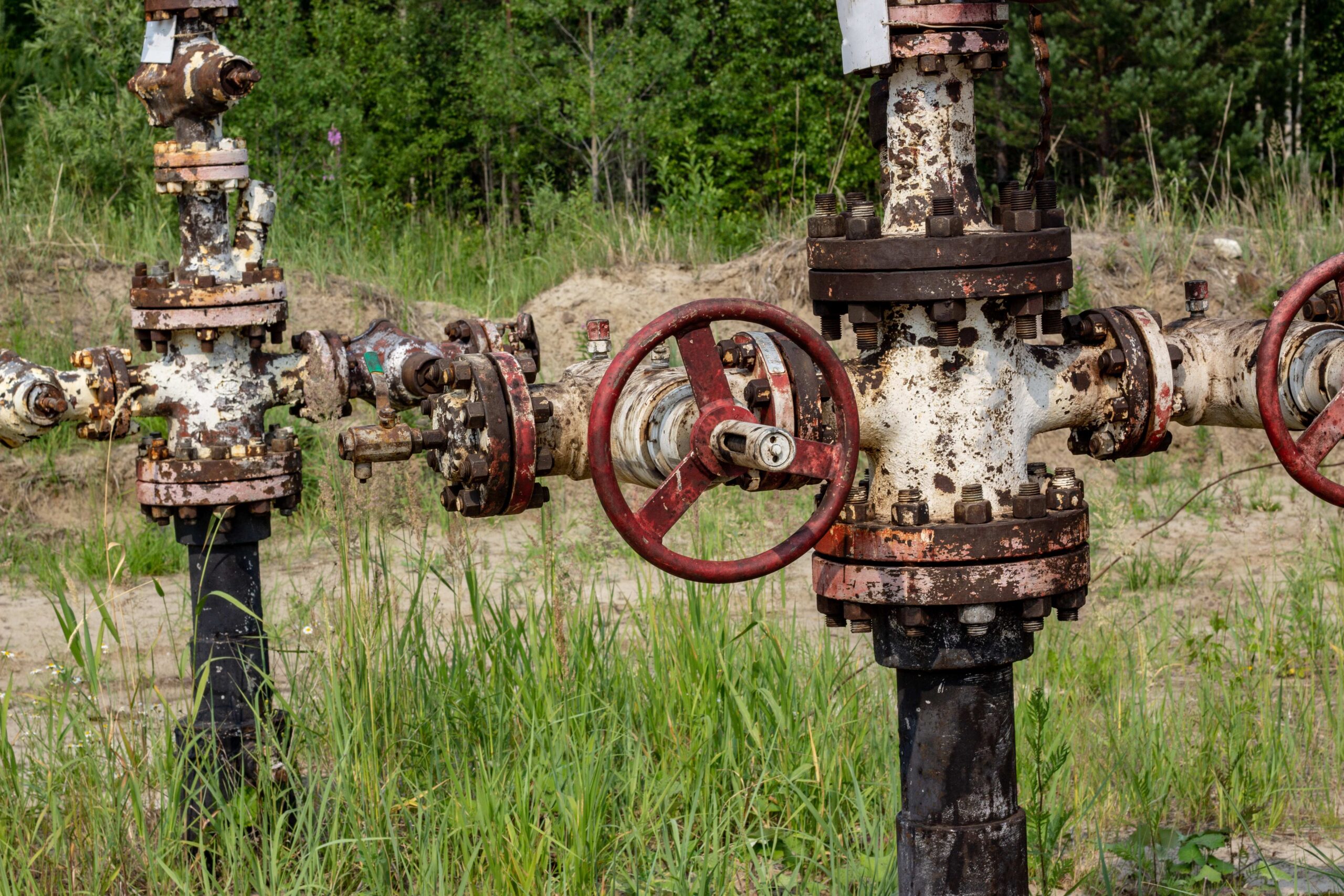This website uses cookies so that we can provide you with the best user experience possible. Cookie information is stored in your browser and performs functions such as recognising you when you return to our website and helping our team to understand which sections of the website you find most interesting and useful.
ACR Approves MSU-EPRI Carbon Offset Methodology for Emission Reductions from Agricultural Nitrous Oxide

ARLINGTON, Va. (July 18, 2012) – The American Carbon Registry (ACR), a nonprofit enterprise of Winrock International, announced today the approval of a carbon offset Methodology for Quantifying Nitrous Oxide (N2O) Emissions Reductions from Reduced Use of Nitrogen Fertilizer on Agricultural Crops.
The methodology, developed jointly by Michigan State University (MSU) and the Electric Power Research Institute (EPRI), makes it possible for farmers to participate in carbon markets by creating greenhouse gas (GHG) offsets by reducing the amount of nitrogen used to fertilize crops. These offsets can be sold to other carbon market participants to meet GHG emission reduction targets or requirements.
Nitrogen fertilizers represent one of the largest sources of GHG emissions from global agricultural production, resulting in significant emissions of nitrous oxide (N2O), a GHG with approximately 300 times the global warming potential of carbon dioxide (CO2). In 2010, N2O emissions from agricultural soil management in the U.S. were approximately 208 million metric tons of CO2 – equivalent according to the Environmental Protection Agency’s 2012 National Greenhouse Gas Inventory.
Corn is among the most intensive uses of fertilizer, both per acre and in total use, and represents a significant opportunity for nitrogen use efficiencies that could reduce emissions as well as farmers’ input costs while maintaining yields. A large proportion of agricultural-related N2O emissions in the U.S. are from corn crops grown in the 12-state North Central Region (NCR), which is made up of Illinois, Indiana, Iowa, Kansas, Michigan, Minnesota, Missouri, Nebraska, North Dakota, Ohio, South Dakota and Wisconsin. The estimated technical potential of emission reductions using the MSU-EPRI methodology to reduce fertilizer rate in eligible NCR corn crops is six million metric tons of CO2e per year.
Carbon offsets can be sold in the voluntary market to corporations and organizations purchasing offsets to meet internal sustainability goals. Agriculture offsets are also being considered by California regulators for eligibility in the state’s new regulated market, where GHG emitters like power plants and oil refineries are mandated to reduce or offset their emissions starting in 2013. Regulatory approval of a fertilizer management offset methodology would enable GHG emission offsets created by farmers to be sold to regulated entities with mandatory emission reduction obligations under the cap-and-trade program.
“The MSU-EPRI methodology allows farmers to be paid to reduce their use of nitrogen fertilizer, while assisting other carbon market participants to reduce emissions more cost effectively than otherwise would be possible,” said Adam Diamant, technical executive at EPRI and a co-author of the new ACR methodology. “This innovative approach is a way to achieve a win for farmers, for industrial organizations that may be required to reduce their greenhouse gas emissions, for the atmosphere, and for improved surface water quality from reduced nitrate runoff in the Upper Midwest all the way to the Gulf of Mexico.”
“Farmers already manage fertilizer to avoid large nitrogen losses, but they are often reluctant to further reduce fertilizer use because they fear doing so will decrease valuable crop production,” said Phil Robertson, principal investigator and Michigan State University professor of plant, soil and microbial sciences. “The MSU-EPRI methodology uses an innovative approach to pay farmers to apply less nitrogen fertilizer, but more precisely so that crop yields aren’t jeopardized.” The science that underlies the methodology is a result of three years of research by MSU scientists. The research was performed at the National Science Foundation (NSF)’s Kellogg Biological Station (KBS) Long-term Ecological Research site, which Robertson directs, and on commercial farm fields in Michigan.
“A major value of the approach is that it is straightforward to understand and implement,” said MSU scientist Neville Millar, who co-led development of the methodology. “Another major benefit is reducing nitrogen lost from farm fields in forms other than nitrous oxide. The same strategies that farmers can use to minimize nitrous oxide loss will act to reduce the loss of nitrate to groundwater and other forms of nitrogen to the atmosphere.”
The MSU-EPRI methodology is unique in several important ways. It incorporates a performance standard approach and credits reductions in both synthetic and organic fertilizer use. In addition, it includes a mechanism to expand eligible crops and regions based on acceptable submission of peer-reviewed scientific data to justify the adoption of conservative emission factors in the U.S. and internationally.
In contrast with ACR’s 2010 methodology for N2O Emissions Reductions from Changes in Fertilizer Management, which incorporates site specific data into a peer-reviewed, tested and highly parameterized computer model to calculate N2O emission reductions resulting from changes in how fertilizer is applied and used, the MSU-EPRI methodology is based on empirical equations and NCR data to set conservative estimates for emission reductions. The ACRapproved model-based methodology is broader than the MSU-EPRI approach in terms of fertilizer practice changes and eligible crops, but requires a significant amount of input data.
“The MSU-EPRI methodology is technically sound and we believe important to spur additional early action N2O emission reductions because it is relatively simple to implement,” explained Nicholas Martin, ACR chief technical officer. “While limited currently to fertilizer rate reduction on corn in the NCR states, this represents a significant emission reduction potential – considering that corn is the leading user of fertilizer, and over 80 percent of corn for grain is grown in the 12state region. Moreover the methodology’s structure allows its scope to expand as additional peer-reviewed data is collected on other crops and regions.”
####
Contact:
Christopher Mahoney, Electric Power Research Institute (EPRI)
Tel: (704) 595-2653
Email: Cmahoney@epri.com
Phil Robertson, Michigan State University (MSU)
Tel: (269) 671-2267
Email: Robertson@kbs.msu.edu
Mary Grady, American Carbon Registry (ACR)
Tel: (805) 884-1961
Email: MGrady@winrock.org
About the Electric Power Research Institute
The Electric Power Research Institute, Inc. (EPRI, www.epri.com) conducts research and development relating to the generation, delivery and use of electricity for the benefit of the public. An independent, nonprofit organization, EPRI brings together its scientists and engineers as well as experts from academia and industry to help address challenges in electricity, including reliability, efficiency, health, safety and the environment. EPRI’s members represent more than 90 percent of the electricity generated and delivered in the United States, and international participation extends to 40 countries. EPRI’s principal offices and laboratories are located in Palo Alto, Calif.; Charlotte, N.C.; Knoxville, Tenn.; and Lenox, Mass.
About Michigan State University
Michigan State University has been working to advance the common good in uncommon ways for more than 150 years. One of the top research universities in the world, MSU focuses its vast resources on creating solutions to some of the world’s most pressing challenges, while providing life-changing opportunities to a diverse and inclusive academic community through more than 200 programs of study in 17 degree-granting colleges.
About the American Carbon Registry
The nonprofit American Carbon Registry (ACR), an enterprise of Winrock International, is a leading carbon offset program recognized for its strong standards for environmental integrity. Founded in 1996 as the first private voluntary registry in the world, ACR has 15 years of experience in the development of rigorous, science-based carbon offset standards and methodologies as well as in carbon offset issuance, serialization and transparent online transaction and retirement reporting. ACR has set the bar for transparency and integrity that is the market standard today and continues to lead carbon market innovation.




